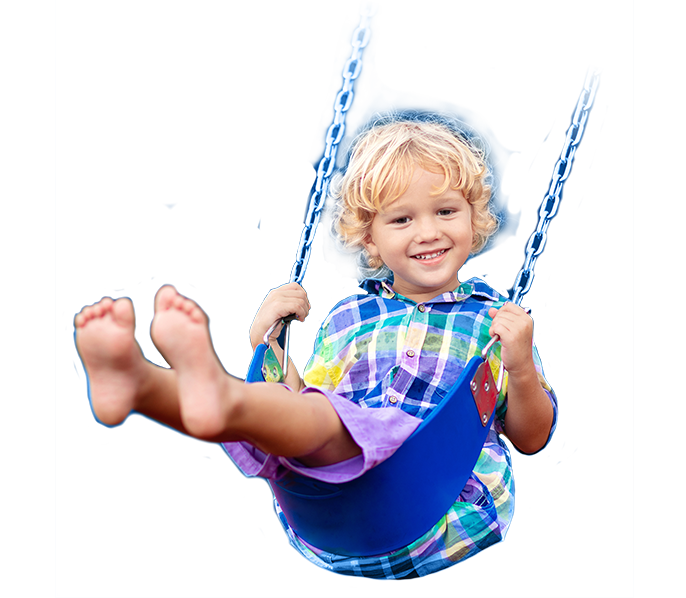When you leave the hospital, your bone fracture will go on healing thanks to the external fixator applied by your pediatric orthopedic surgeon. You are on the road to recovery and normal life! At home, you might experience some pain and discomfort, and this is likely due to being more active at home than in the hospital. It could help to rest your limb on a pillow or, if pain persists, to take a painkiller following your doctor’s prescription. Wearing an external fixator can limit your mobility, but it’s just a matter of time before it will be removed.
At home try to keep as many daily routines and social activities as possible – you will discover that your external fixator doesn’t interfere too much with them. At first, you’ll be walking with crutches. A wheel chair can help you get around at home and you could turn this into a game!
Why not pretend you’re a robot or a super hero? Your fixator could be part of your armor! But remember: be patient and don’t give up. Slow down a bit and take one step at a time.
When the healing phase is complete, your pediatric orthopedic surgeon will decide to remove your external fixator. After the fixator has been removed, you may need to wear a cast for a short time. Why don’t you ask your parents to organize a party with your friends to celebrate the end of the treatment and your return to ‘real’ normal life?
Here are a few tips to be shared with your parents.
Do’s
Talk to your parents and your orthopedic surgeon if you feel pain or discomfort. They will help you.
Elevate your affected limb when resting. Try to keep it above the level of your heart.
Move your toesor fingers frequently to reduce swelling.
Ask your parents to apply ice to reduce swelling.
Collaborate with your parents in inspecting the skin at the pin sites and look for any change in color, temperature, odor or texture.
Collaborate with your parents incleaning pin sites daily as instructed by your orthopedic surgeon and care team.
Dophysical therapy as instructed by your physiotherapist to ensure that strong muscles are surrounding your bones and your joints keep functioning as they should.
Eat healthy to accelerate the healing process and give your body the fuel it needs.
Don’ts
Don’t put full weight on your orthopedic fixation device at first. Over time, as your leg becomes stronger, your surgeon will instruct you to put more weight on it.
Don’t get your fixator wetuntil cleared by your surgeon.
Don’t use objects such as pencils, rulers or toothbrushes to scratch around fixator or pin sites.
Don’t alter your orthopedic fixation devicein any way.
Don’t try to remove your external fixator by yourself.
 Share on facebook
Share on facebook
 Share on twitter
Share on twitter
 Share on linkedin
Share on linkedin
 Share on email
Share on email

